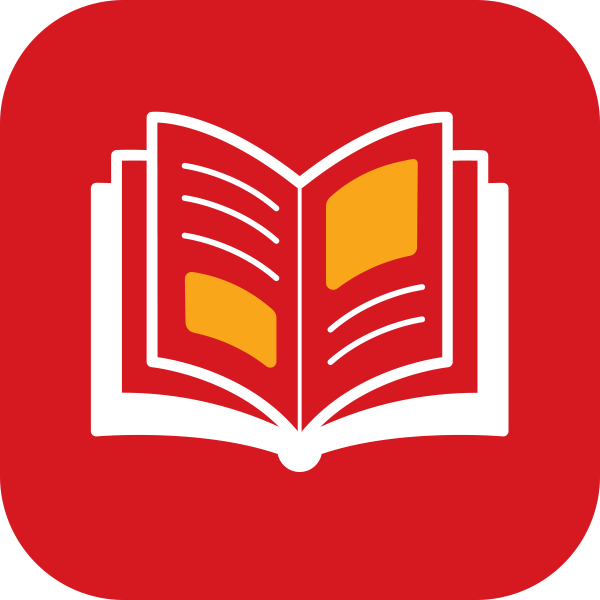As encapsulated by the Simple View of Reading (Tunmer & Chapman, 2012), skilled reading involves the ability to read words accurately and efficiently and the ability to understand language (see the Rose Review, 2006; National Curriculum, 2013).
Both word reading and language comprehension are necessary for success in reading. The Simple View of Writing (Berninger, Garcia, & Abbott, 2009) emphasises the importance of transcription (handwriting, spelling), idea generation and executive functions (e.g., planning, reviewing) for writing.
Thus, word reading is a necessary element of successful reading, and spelling is a necessary element of successful writing.
The role of phonics in word reading and word spelling
Phonics involves learning the alphabetic principle that letters correspond to sounds, and applying it to reading and spelling. Once children have some knowledge of how letters map on to sounds, they must be taught to ‘blend’ these sounds together so that they can read whole words.
This blending process allows them to move from reading “c-a-t” to reading “cat”. For spelling, children need to be able to ‘segment’ words into their constituent sounds e.g., “cat” has three sounds “c-a-t”. They then need to use their knowledge of how these individual sounds can be represented with letters to write words on the page.
Similarities and differences between word reading and word spelling
Word reading and word spelling draw on the same pool of knowledge about letters, sounds, and how these map onto each other. In English learning to read and spell is made difficult by the lack of 1:1 correspondence between letters and sounds. There are many letters or letter combinations that can be pronounced in more than one way (e.g., bead, bread) and many sounds that can be written in more than one way (e.g., took, put).
There are two key differences between reading and spelling that make spelling a more difficult skill to learn. Firstly, the English language is more unpredictable for spelling than for reading (Caravolas, Hulme, & Snowling, 2001). Thus, when a child comes to the task of spelling a word, they are faced with more ambiguity than when they come to the task of reading a word. Secondly, spelling involves producing a letter string from memory whereas reading involves deciphering print on the page (Ehri, 1997). For spelling then, a child must produce a series of letters in the correct order, which is more demanding than recognising a series of letters on the page.
Are children who are poor at word reading also poor at word spelling?
Research shows that word reading and word spelling are strongly associated (Abbott, Berninger, & Fayol, 2010; Caravolas et al., 2001). Poor word readers tend to show poor spelling, and good word readers tend to be good at spelling (Caravolas et al., 2001). However, this relationship is far from perfect and some children will show word reading and spelling abilities that are out of step with one another. For example, whilst children with dyslexia are characterised by both word reading and word spelling difficulties (Vellutino, Fletcher, Snowling, & Scanlon, 2004), their spelling difficulties tend to be more enduring across the lifespan (Caravolas et al., 2001).
Thus, older children and adults with dyslexia who no longer experience difficulties with word reading will likely continue to experience difficulties with spelling.
References
Abbott, R. D., Berninger, V. W., & Fayol, M. (2010). Longitudinal relationships of levels of language in writing and between writing and reading in grades 1 to 7. Journal of Educational Psychology, 102(2), 281. doi:10.1037/a0019318
Berninger, V. W., Garcia, N. P., & Abbott, R. D. (2009). Multiple processes that matter in writing instruction and assessment. In G. Troia (Ed.), Instruction and assessment for struggling writers: Evidence-based practices (pp. 15-50). New York, NY: The Guildford Press.
Caravolas, M., Hulme, C., & Snowling, M. J. (2001). The foundations of spelling ability: Evidence from a 3-year longitudinal study. Journal of Memory and Language, 45(4), 751-774. doi:http://dx.doi.org/10.1006/jmla.2000.2785
Ehri, L. C. (1997). Learning to read and learning to spell are one and the same, almost. In C. Perfetti, L. Rieben, & M. Fayol (Eds.), Learning to spell: Research, theory, and practice across languages (Vol. 13, pp. 237-268). Mahwah, NJ: Erlbaum.
Tunmer, W. E., & Chapman, J. W. (2012). The simple view of reading redux: Vocabulary knowledge and the independent components hypothesis. Journal of Learning Disabilities, 45(5), 453-466. doi:10.1177/0022219411432685
Vellutino, F., Fletcher, J., Snowling, M., & Scanlon, D. (2004). Specific reading disability (dyslexia): what have we learned in the past four decades? Journal of Child Psychology and Psychiatry, 45(1), 2-40.



